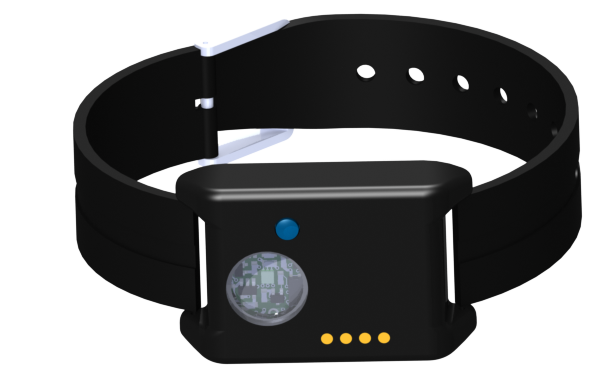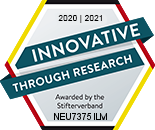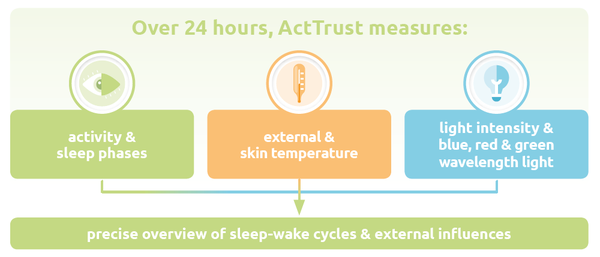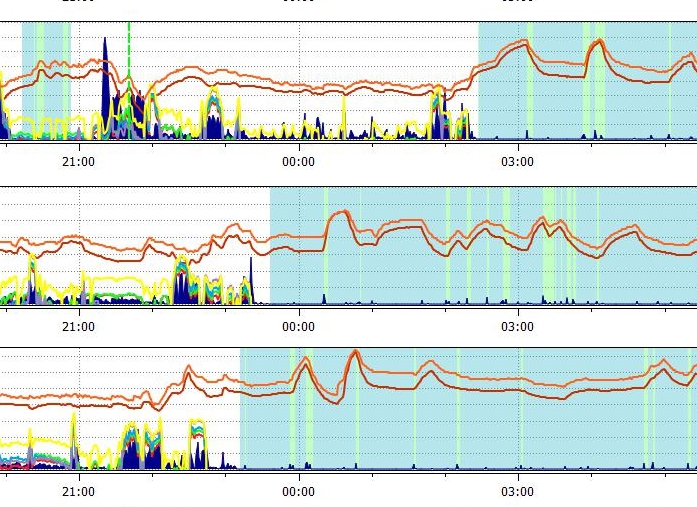References to Our Methods - ActTrust / ActStudio
Algorithm For Sleep Estimation
Automatic sleep/wake identification from wrist activity
Abstract: The purpose of this study was to develop and validate automatic scoring methods to distinguish sleep from wakefulness based on wrist activity. Forty-one subjects (l8 normals and 23 with sleep or psychiatric disorders) wore a wrist actigraph during overnight polysomnography. In a randomly selected subsample of 20 subjects, candidate sleep/wake prediction algorithms were iteratively optimized against standard sleep/wake scores. The optimal algorithms obtained for various data collection epoch lengths were then prospectively tested on the remaining 21 subjects. The final algorithms correctly distinguished sleep from wakefulness approximately 88% of the time. Actigraphic sleep percentage and sleep latency estimates correlated 0.82 and 0.90, respectively, with corresponding parameters scored from the polysomnogram (p < 0.0001). Automatic scoring of wrist activity provides valuable information about sleep and wakefulness that could be useful in both clinical and research applications.
Cosinor
Circadian research in mothers and infants: how many days of actigraphy data are needed to fit cosinor parameters?
Abstract: To determine the number of days of actigraphy data required to portray circadian rhythm in mothers and their young infants.
Activity Detection Modes (PIM,ZCM E TAT)
Ambulatory monitoring of sleep disorders
Abstract: Background: Behavioural and functional activity monitoring has a long history in sleep research. The term “Actigraphy” refers to methods using computerized wristwatch-size devices (generally placed on the wrist, but also on the ankle or trunk) to record the movement it undergoes. Collected data are displayed on a computer and analyzed for change in rhythm parameters that in turn provide an estimate on wake-sleep parameters (such as total sleep time, percent of time spent asleep, total wake time, percent of time spent awake and the number of awakenings). Actigraphy provides a useful, cost-effective, non-invasive and portable method for assessing specific sleep disorders. The present review is an amalgam of current knowledge with proposed clinical application and for research of actigraph. Conclusion: Actigraphy cannot stand alone as a diagnostic tool for all clinical groups. Particularly so with those diagnosed with sleep disorders with significant motility or long catatonic periods of wakefulness during sleep.
Non-Parametric Variables
A fresh look at the use of nonparametric analysis in actimetry
Abstract: Actimetry has been used to estimate the sleep–wake cycle instead of the rest-activity rhythm. Although algorithms for assessing sleep from actimetry data exist, it is useful to analyze the rest-activity rhythm using nonparametric methods. This would then allow rest-activity rhythm stability, fragmentation and amplitude to be quantified. In addition, sleep and wakefulness efficiency can be quantified separately. These variables have been used in studies analyzing the effect of age, diseases and their respective treatments on human circadian rhythmicity. In this study, we carried out a comprehensive analysis of the main results from published articles and devised a functional model of interaction among the several components involved in generating the sleep–wake cycle. The nonparametric variables render it possible to infer the main characteristics of circadian rhythms, such as synchronization with a zeitgeber, and its amplitude and robustness.








